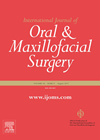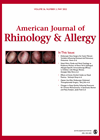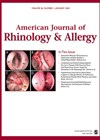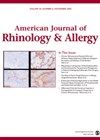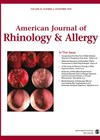
Journal Reviews
Effects on the nasal cavity and maxillary sinus after a Le Fort I osteotomy
This paper from Turkey divided 28 patients into three groups: those having a maxillary advancement osteotomy, those with a maxillary advancement and impaction, and those that underwent advancement with a yaw rotation. They found that pure advancement movement of the...
Should we be utilising the pre-lacrimal approach for maxillary sinus inverted papilloma?
For some time now, gold standard management of the maxillary sinus inverted papilloma has been endoscopic medial maxillectomy (EMM). Recently the endoscopic prelacrimal recess approach (EPLRA) has been reported to provide good access whilst preserving the nasolacrimal duct and inferior...
Not as rare as we think? Silent sinus syndrome incidence on CT heads
It is relatively uncommon to come across a case of silent sinus syndrome (SSS), but not as rare as the prevalence in the literature might suggest – the authors of this study note that only 100 cases are reported in...
Can we avoid FESS in patients with true isolated odontogenic sinusitis?
This is a useful study looking at how best to manage patients with odontogenic sinusitis and if FESS can be safely avoided. The authors treated patients by removing the odontogenic cause of the rhinosinusitis by extracting the offending tooth and...
An alternative view and access point
Fungal sinusitis is a common problem and it is well recognised that it can be difficult to remove all of the fungal matter from the maxillary sinus to ensure no recurrence or residual disease. This study describes a technique utilising...

